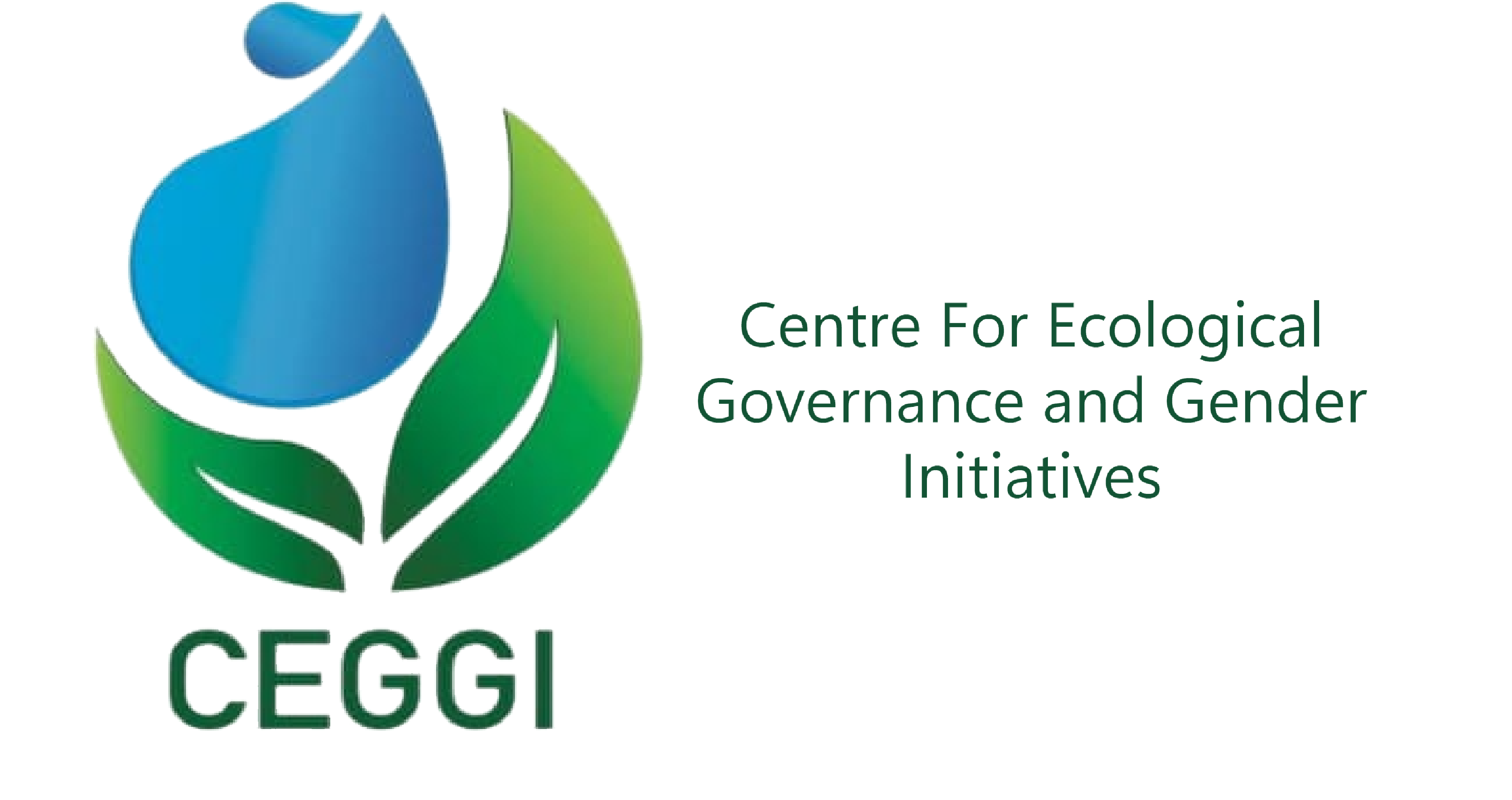During the 2015 United Nations Sustainable Development Summit, Uganda together with 192 other UN member states unanimously agreed to the new global development framework: ‘Transforming our world – the 2030 Agenda for Sustainable Development”, a plan of action for people, the planet and prosperity. Resolutions were made; including SDG6, to ensure availability and sustainable management of water and sanitation for all by 2030.
Water is a resource (one of the ecosystem-based international public good) that serves many purposes. It is required for a number of productive uses ranging from crop production, livestock watering, aquaculture (farming in water), industries and other commercial uses, to domestic use, sanitation and preservation of the ecosystem.
Most human activities depend on natural resources for production processes which put heavy pressure on the ecosystems. They also hinge on the ecosystems for waste disposal but in most cases with negative impact on the environment. Forests are depleted, waters and soil polluted, affecting the well-being of biodiversity and communities dependent on the ecosystem.
When people, especially children, have access to clean water, sanitation, and hygiene, they lead healthier and more successful lives (UN).
CEGGI’s plans of action are drawn within the global agendas and on the country’s national plans and are focused towards inclusion of grassroots communities in effective management and protection of the ecosystems for community wellbeing so that no one is left behind. Our strategy on water governance includes community mobilization and sensitization on water utilization to achieve community-driven approaches for ownership and sustainability of water.
Some of the water related challenges within CEGGI’s constituencies
Access to water
While everyone is affected by poor water quality and quantity, women are more directly and negatively affected than men due to their responsibilities in household water provisioning and in family health and nutrition. Women and girls also suffer the most from lack of access to safe and adequate sanitation facilities due to their physical make-up (child bearing), and their responsibilities in hygiene management, care-giving, and domestic waste disposal. They spend many hours every day, often risking their personal safety, physical harassment, violence, and even rape when trekking remote areas fetching water.
Lack of easy access to water also limits the participation of women and young girls in education, income-earning, social and political activities, impeding on their empowerment. When water is of a poor quality it negatively affects the health of family members, especially of children, and increases the burden of care which is in most cases managed by women.
Menstrual Health Management
Girls often drop out of school due to lack of suitable gender specific sanitation facilities. Cultural anathemas about menstrual health management make it difficult for girls and women to discuss their problems and find solutions to it.
Floods: an environmental risk
Human activities have in most cases altered the hydrological features of many watersheds which have increased runoff and narrowed water channels. Flooding destroys gardens affecting food production, destroys infrastructure and often putting lives at risk. Land-use policies have at most cased failed to control urbanization in areas at risk to flooding. This increases sanitation problems as toilet facilities and water sources in lowland settlements and poor communities flood, contaminating them and rendering them unsafe for human use. This affects the health of people by spreading a number of waterborne diseases.
Why mainstreaming gender in water governance is important
Gender mainstreaming in water governance is very necessary to achieve universal access to water and sanitation. Inclusion of women in decision-making forums regarding provision and access to water is very important in achieving SDG6. Women being the caregivers, often take exhausting hours trekking long distances to access safe drinking water points which at times results in devastating effects on them.
These water related risk may be reduced by a combination of mitigation and adaptation approaches.
Given the above scenarios related to water management, CEGGI’s interventions focuses on the following:
- Community education on health impacts and the importance of good hygiene to minimize the impacts of flood water on community livelihoods
- Build community capacities to understand the implications of climate change and be prepared for a range of possible future scenarios by improving their social and environmental consciousness for improved livelihoods.
- Creating awareness among communities to be in position to protect and where necessary improve the health of their sources of water i.e. rivers, aquifers and estuaries in order to have access to safe and clean drinking water
- Ensure the protection of community indigenous, cultural and other natural heritage values associated with, lakes, rivers, swamps and water catchment areas to make the best use of these water resources within the local settings.
- Community capacity building to participate in water and sanitation management and access to hygiene and sanitation facilities more especially for women and girls.
- Improving community knowledge on the implications of the record low rainfall and floods in specific localities and promote good practices in environmental and water management.
- Promoting good hygiene habits through education (hand washing with soap and water can reduce sicknesses).
- Promoting low-cost solutions to access safe and clean water i.e. rainwater harvesting systems to collect and store rainwater for drinking and other home use.
- Engagement with the local authorities and collaboration with other partners and stakeholders to ensure such water related bottlenecks are addressed for communities have access to reliable and safe water supplies for improved community livelihood.
